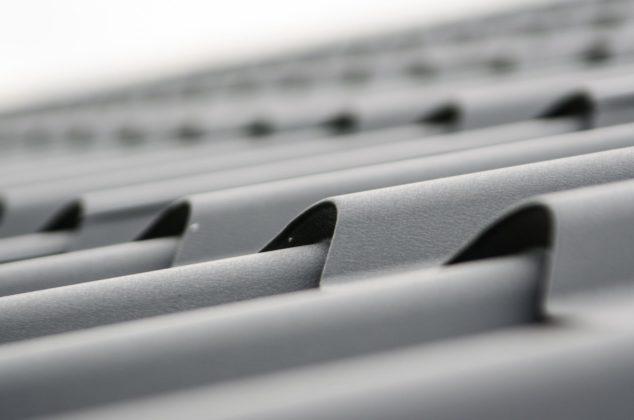It can be devastating when a hailstorm sweeps through your property. Your roof is the most vulnerable to the onslaught. However, a roof that’s well maintained, or relatively new, is less likely to suffer extensive damage compared to an older or weathered roof.
With this in mind, there’s plenty you can do to avoid costly repairs caused by wild weather. Your roof is a prominent feature of your home, and it makes sense to care for it and take precautions against damage, particularly hail damage. A Sydney storm in 2009 caused billions of damage to properties, but it’s not only freak storms that can wreak havoc.
The damage your roof can come under in a hailstorm is governed by many factors. The wind speed and direction will affect the velocity of the impact of the hailstones. This will dictate how severe the hail damage to your roof is. The size and density of hailstones is another factor. Roofing experts will tell you they’ve seen the damage caused by hailstones in all sizes. They can be pea-sized or bigger than a cricket ball.
You’d think that it would be easy to spot hail damage on your roof, but it’s not always so simple. The age of the materials that make up your roof and the condition it’s in will affect how it absorbs the impact of hail. When you’re assessing hail damage, the most obvious step is to check for damage to the metal. Begin your inspection at the ridge cap of the roof keeping an eye out for dents. This area of the roof is most susceptible to hail damage. Next, check the flashing, vents and metal valleys.
If you have a roof made of tiles, check the shingles. Start by inspecting the edges and then look for cracks or other signs of damage to the tiles. Look out for missing pieces of asphalt and for bruising (black hail hits) and tiny dimples. You can check for the latter by running your hand gently down the tiles.
This inspection will give you a necessary assessment of the hail damage to your roof. For your insurance company to pay for repairs, you’ll need a certified roofer to carry out a further evaluation and provide you with a report.
A roofing contractor can also assess your property before the damage occurs to minimise your risk of damage.
Protecting Your Roof Against Damage
The best thing you can do for your roof is to clear debris from the downpipes and gutters regularly. A roofing expert can inspect your roof and give you advice on what you need to do to protect it against damage further. They’ll inspect your roof and supply you with a report on any repairs or maintenance you need. This includes checking that your roof and guttering are installed correctly. Keeping on top of maintenance will protect your roof against hail damage too.
Different areas of the country are more prone to extreme weather conditions. Educate yourself about the hail risks of your city. Which direction are extreme winds likely to blow in in the event of a storm?
Look at your property as a whole. Barriers can help protect your property and roof against hail damage as they make it less exposed and vulnerable to damage. This includes protection offered by your neighbour’s property or natural barriers such as tree covers that exist on your property. If you’re building a new house or landscaping, these are factors you could consider when making decisions.
Again, a certified roofing professional will be able to give you sound and practical recommendations on what you need to do to protect your roof. For more information for roof restorations repairs and repainting, get in touch with https://www.rooflines.com.au








